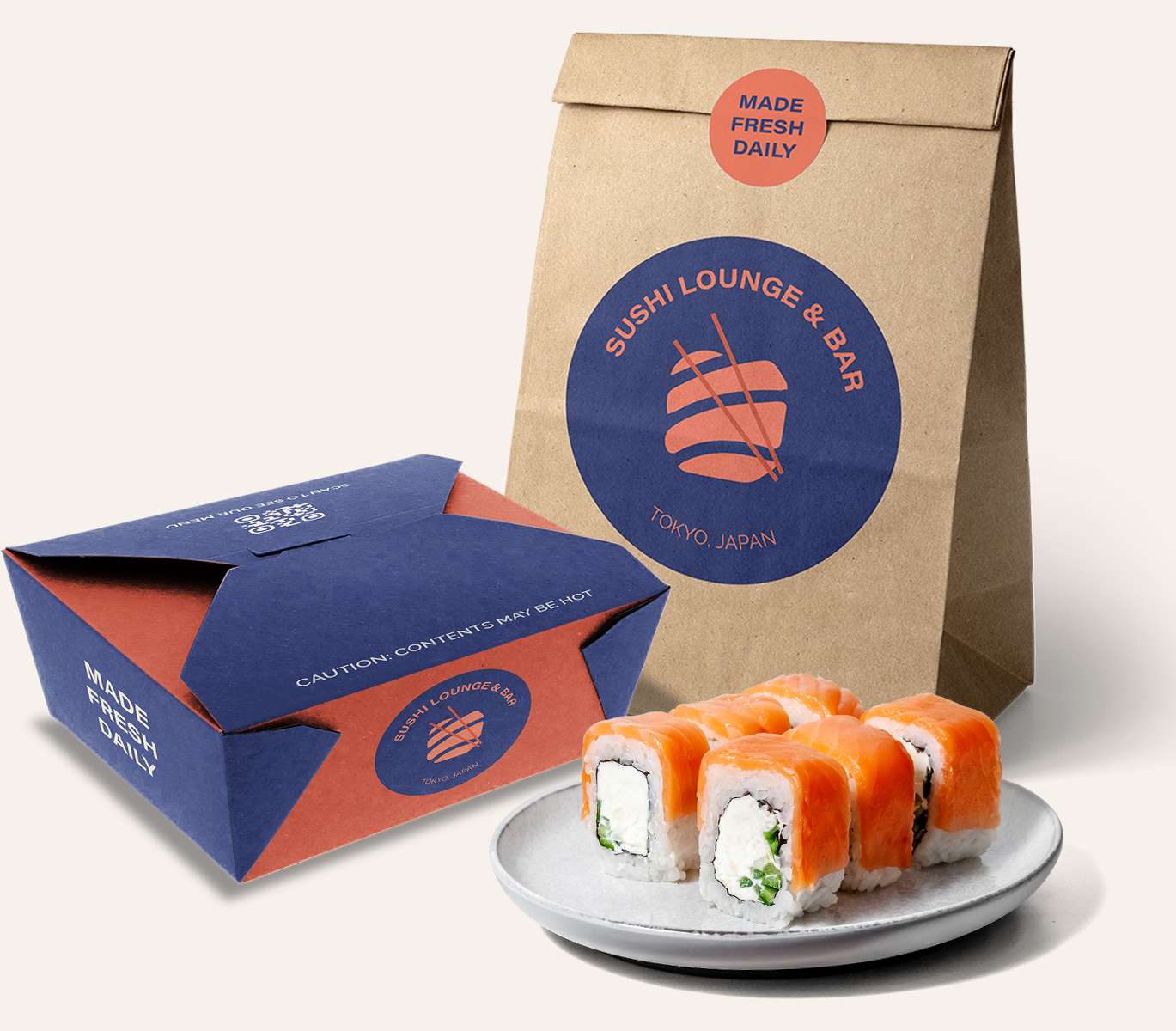Whether you're running a small bakery or a bustling food manufacturing company, choosing the right food packaging is crucial for success in the uber-competitive food industry. We'll explore various types of food packaging, from primary packaging to tertiary packaging used for transporting food. Let's unwrap this topic and dig in!
Why is food packaging important?
The main goal of food packaging is to provide a practical means to contain a portion of food. However, food packages serve several other essential functions, including:
Preservation and protection
The right food packaging materials ensure food safety by preventing contamination and extending shelf life. Food manufacturing companies invest heavily in developing packaging solutions that protect products from dust, chemical reactions, and light exposure.
Information display
Packaging labels communicate crucial details about the product, including ingredients and allergen information.
Customer convenience
Well-designed food containers make handling, consumption, and preservation easier for customers.
Brand awareness
Packaging helps differentiate your product on the shelf, building brand recognition.
12 different types of food packaging to consider
From flexible packaging that bends over backwards for your goodies to rigid packaging that stands up to any challenge, we've got a buffet of the most common food packaging materials to explore. Let's unwrap some sustainable food packaging examples, shall we?
1. Recyclable stand-up pouches
Flexible packaging is taking the food packaging industry by storm, and for good reason! noissue's custom stand-up pouches are a game-changer for food packaging supplies. They're FDA-approved, food-safe, and perfect for various food products, from snack crackers to frozen treats. This packaging material is more environmentally friendly than most plastic packaging, helping companies score points with eco-conscious customers.
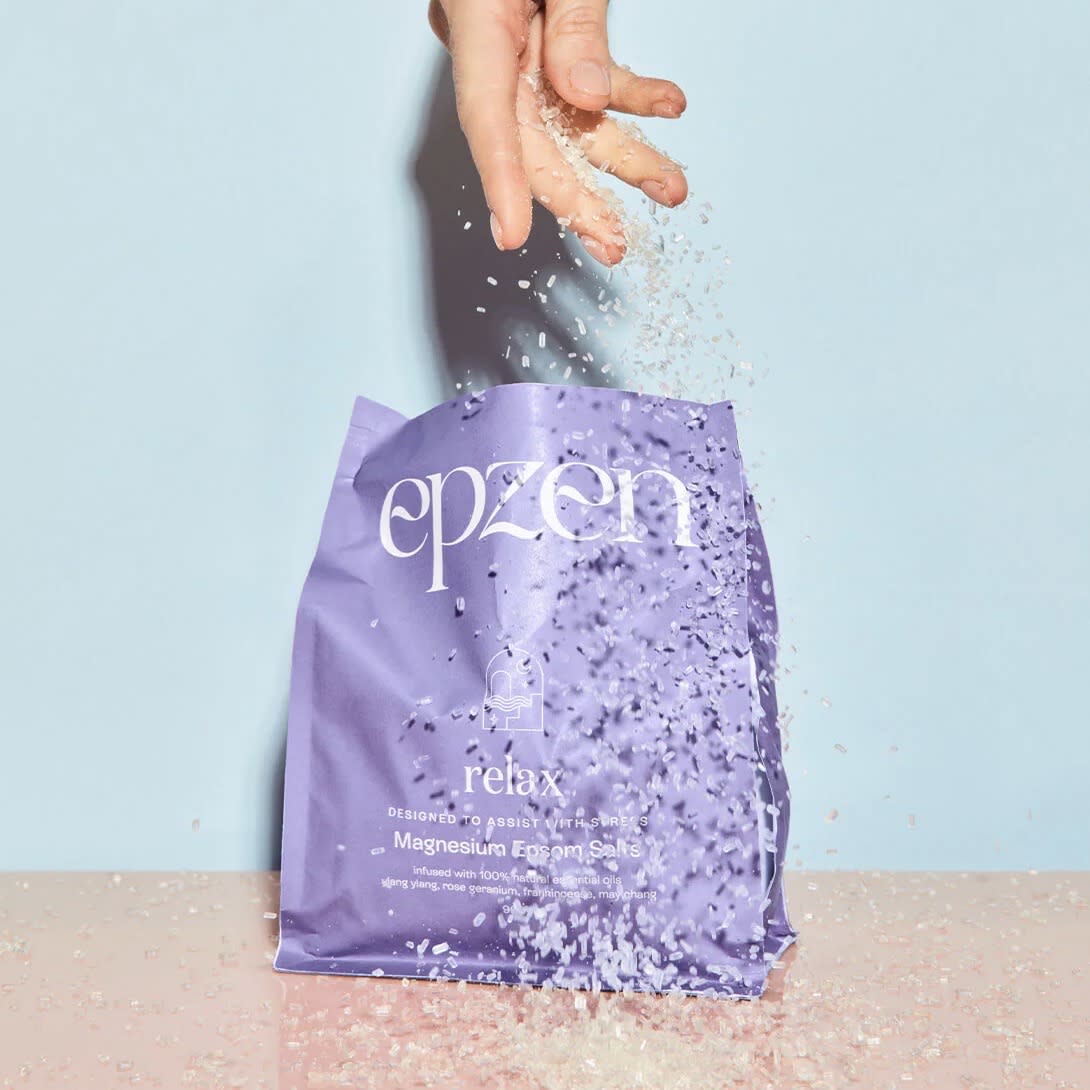
2. Glass jars and containers
Glass packaging is a classic choice in the food industry. These versatile food containers are perfect for packaging food products like jams, sauces, and beverages.
Packaging food in glass jars offers excellent preservation, extending their shelf life while showcasing them beautifully.
3. Recyclable sandwich bags
Recyclable sandwich bags are the perfect eco-friendly replacement for the countless plastic sandwich bags that usually end up in landfills and oceans.
noissue's custom sandwich bags are ideal for sandwiches, snacks, chips, and dried fruit. Made from recycled fibers and kraft paper, these bags are an excellent choice for food manufacturers looking to reduce their environmental impact.
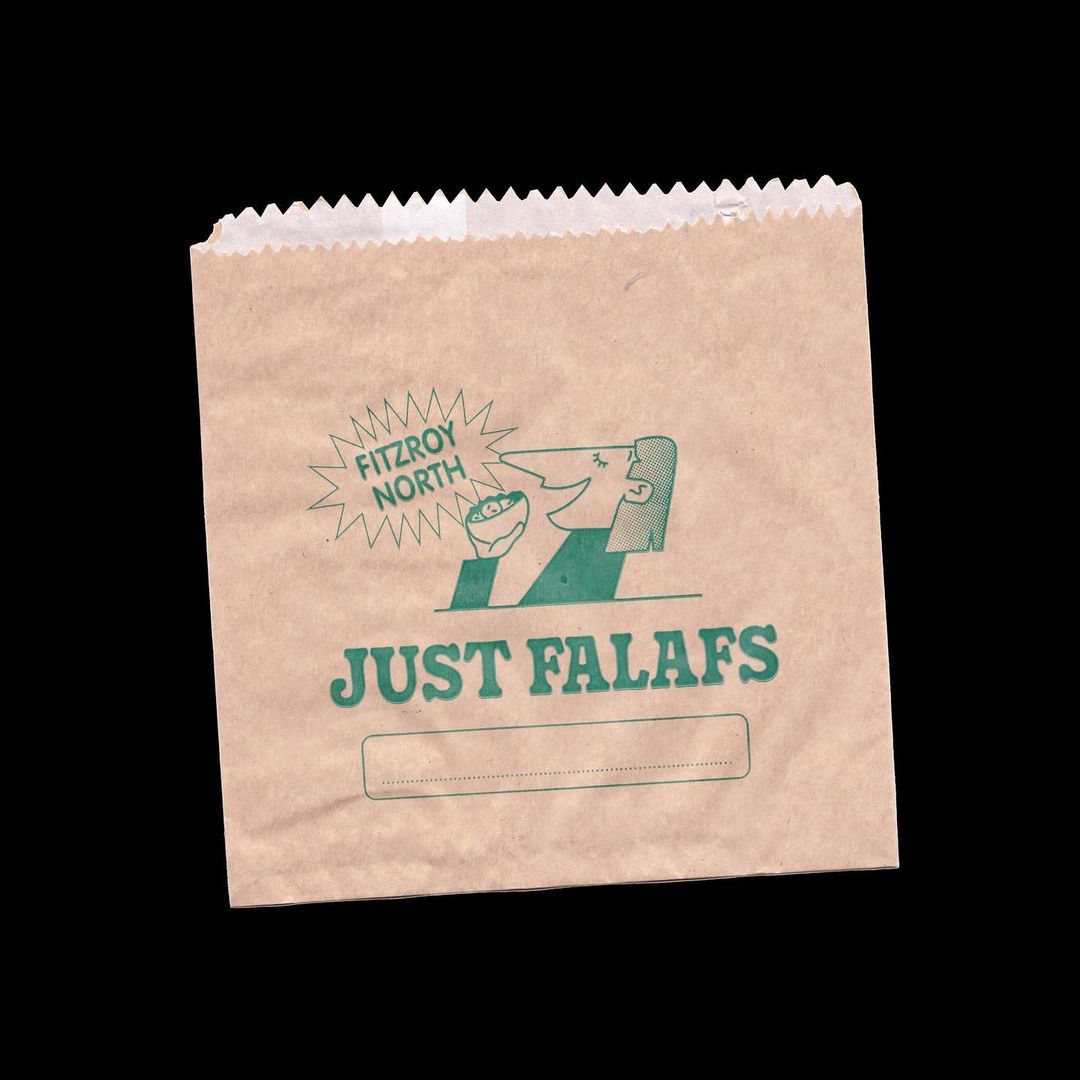
4. Paperboard boxes
Paperboard is a versatile material used in folding cartons, beverage containers, and other food packaging applications. noissue's custom folded takeout containers are made from recyclable materials and are an eco-friendly choice for food product packaging.
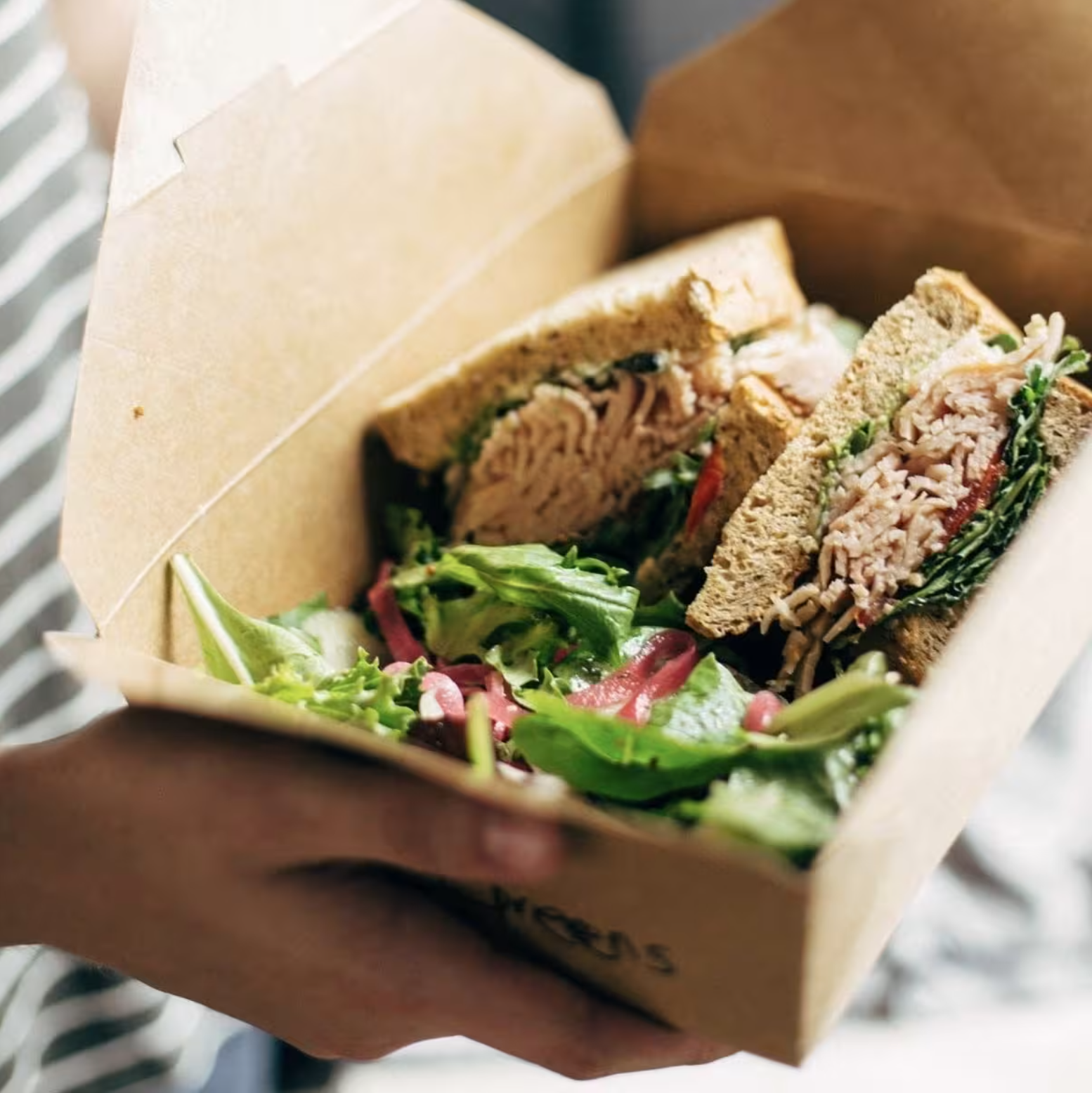
5. Compostable Food Wrapping Paper
Compostable food wrapping paper is an excellent alternative to plastic wrap. noissue's custom food wrapping paper is made from FSC-certified paper and printed with food-safe inks. These food packaging materials are perfect for wrapping sandwiches, baked goods, and other food items.

Personalize your food wrapping paper with your brand's design. It's a great way to elevate your packaging while demonstrating your commitment to sustainability. Your customers will appreciate the eco-friendly touch and the stylish presentation—a win-win for your brand and the environment!
6. Recyclable wax paper
Recyclable wax paper is the way to go for greasy or wet foods. Unlike traditional wax paper, noissue's custom wax paper is 100% recyclable, making it a star player in reducing packaging waste.

This type of flexible packaging protects and personalizes pastries, sandwiches, cheeses, and baked goods in bakeries, delis, and cafes.
7. Corrugated cardboard boxes
Corrugated cardboard packaging is essential in the food packaging supply chain, typically used for secondary packaging to ship packaged products. noissue offers custom container shipping boxes made from recyclable materials that are perfect for e-commerce food businesses.
Corrugated boxes are one of the most frequently and successfully recycled packaging materials worldwide, making them a favorite in sustainable food packaging.
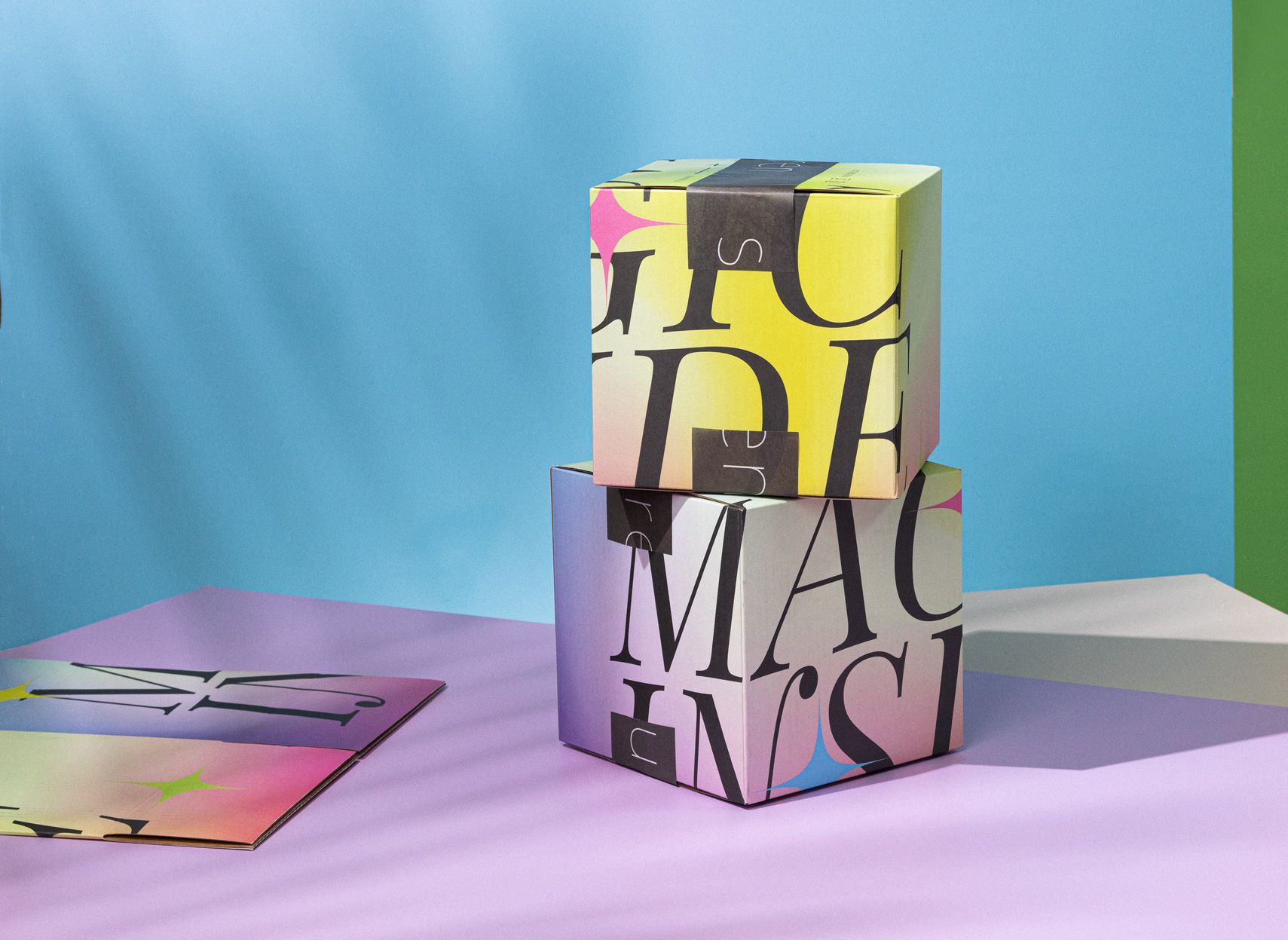
Personalize your boxes with your brand's design for a cohesive unboxing experience.
8. Food delivery paper bags
A paper bag is not just a better option for the environment; it is also more robust and durable than standard plastic packaging. noissue's custom takeout bags are made from 100% recycled fibers and are recyclable and reusable. They come with handles, making them perfect for your takeout and delivery needs. You can use these eco-friendly bags to package confectionery, gourmet foods, and small groceries.
9. Clamshell takeout containers
Clamshells made from styrofoam are not recyclable, while those made from plant-based or organic materials are biodegradable and eco-friendly. noissue's custom clamshell takeout containers are made from sugarcane fiber, offering a compostable alternative to plastic containers. Our clamshell packaging is petroleum-free, tree-free, and commercially compostable, making it an excellent choice for sustainable packaging of food products.
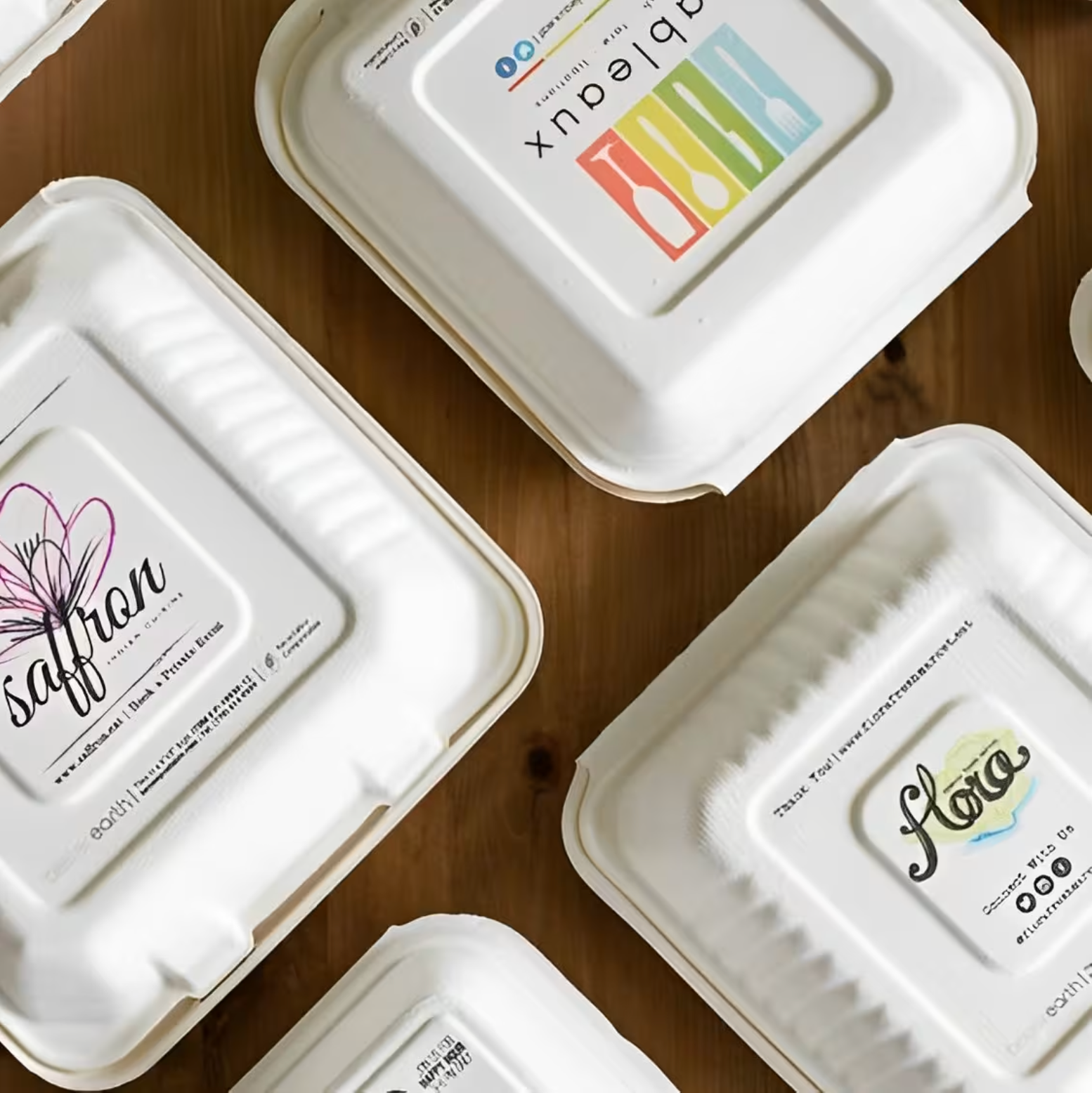
10. Recyclable coffee bags
Just like wrapping paper, most coffee bags are not recyclable. They are made by combining aluminum foil and polythene plastic to create a multi-layered structure that is compact enough to preserve the quality of the coffee beans.
noissue's recyclable coffee bags are made from recycled paper – perfect for packaging coffee, tea, and small baked goods. They're designed to keep products fresh while being kind to the environment.
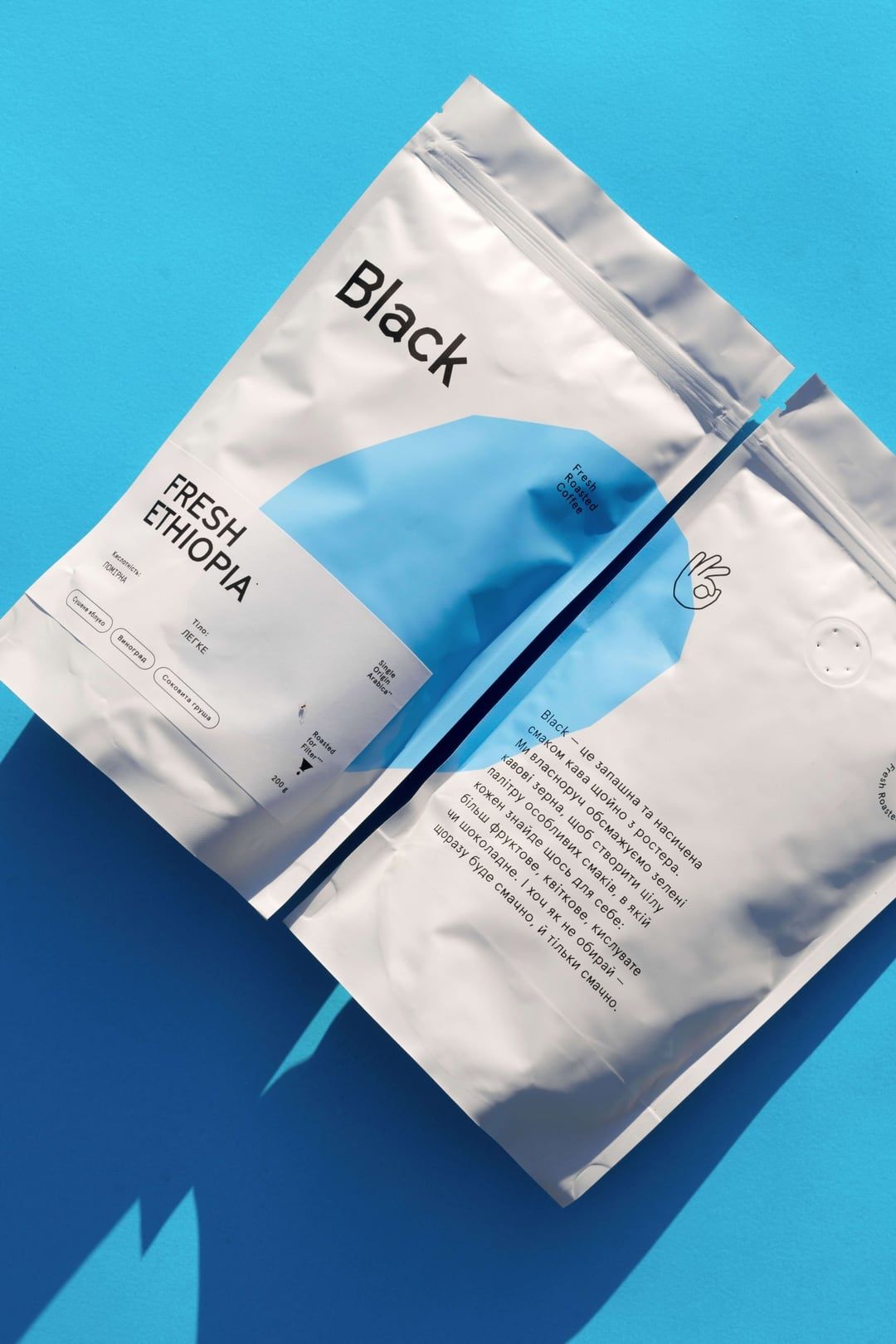
Customize these bags with your brand's design. Features like degassing valves ensure your coffee stays fresh from roasting to brewing.
11. Resealable coffee bags
For premium coffee packaging, noissue's resealable coffee bags with a bottom gusset are a game-changer. Features like press-to-close zippers, degassing valves, and barrier films keep coffee fresh and flavorful.
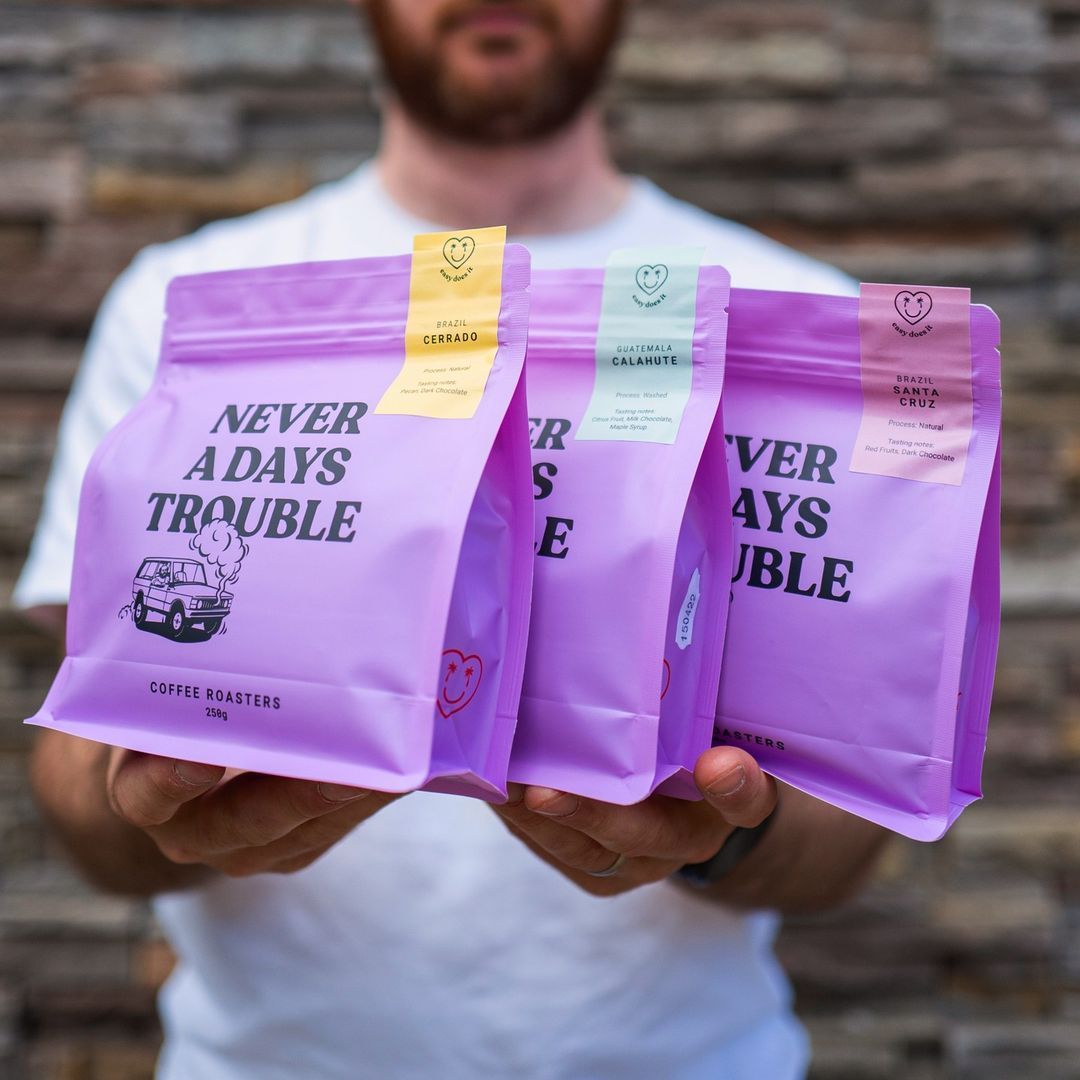
Personalize these bags with your brand's design for a professional, high-end look.
12. Compostable pizza boxes
Billions of pizzas are sold each year, and when most people are done with their delicious pie, they simply dump the box in the trash. noissue's compostable pizza boxes offer an eco-friendly alternative to traditional pizza packaging. Made with B flute corrugate, they're both compostable and recyclable.
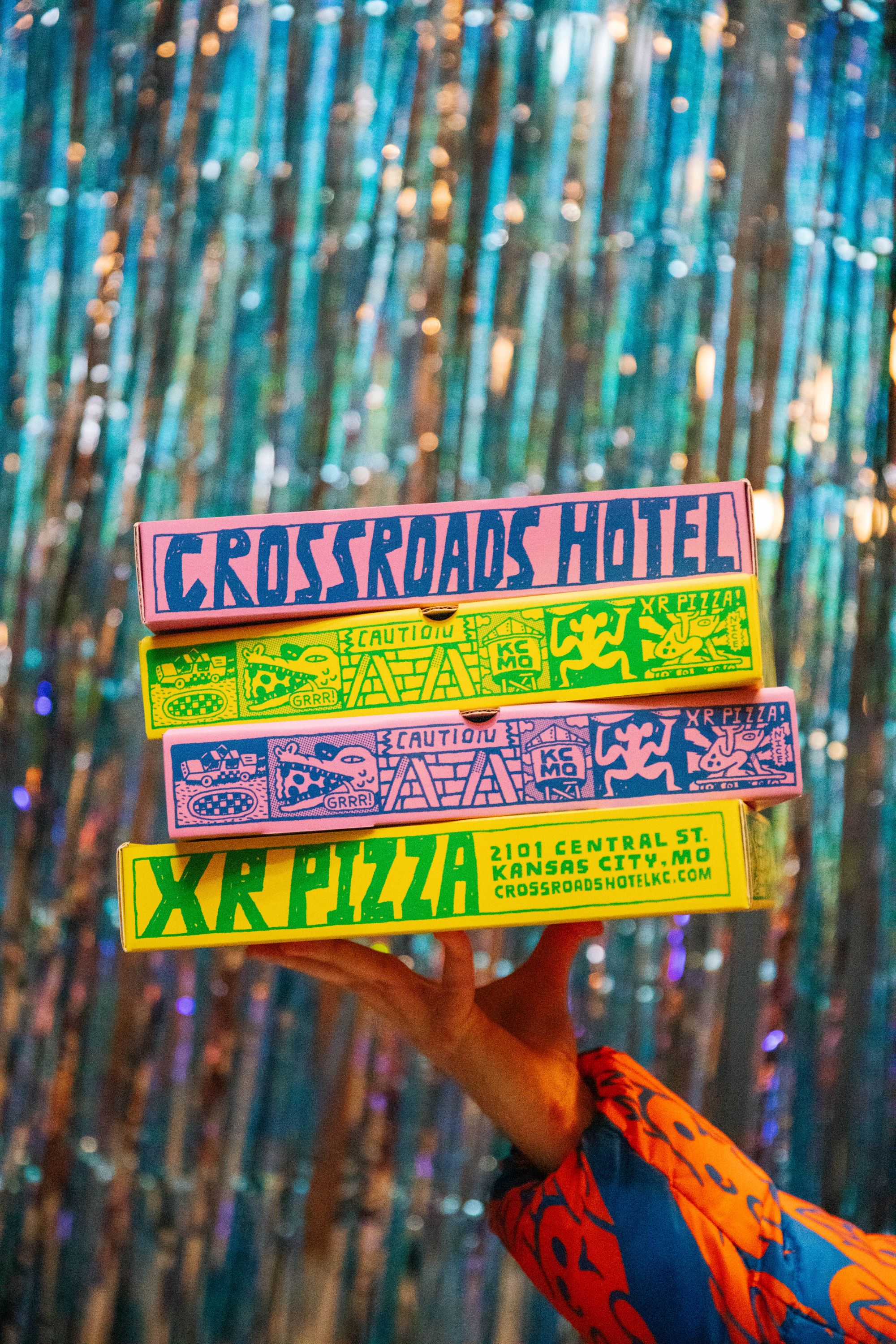
How to choose food packaging materials for your business
With so many types of food packaging materials available, from flexible packaging to rigid options like glass bottles, it's crucial to choose the food packaging material that best suits your needs.
Here's your guide to whipping up the ideal packaging solution:
Consider your product's unique needs
Just as every dish has its own flavor profile, each product has specific packaging requirements:
- Is it temperature-sensitive like ice cream? Opt for packaging material that can withstand the cold.
- Selling gourmet meals? Look for microwaveable types of packaging materials to enhance convenience.
- Packaging fresh produce? Consider materials that allow for proper ventilation.
- Dealing with processed food? Explore options like aseptic cartons or metal cans.
Packaging for food should preserve flavor, shape, and texture while maximizing shelf life and reducing food wastage.
Think about shelf appeal
Your packaging is your product's outfit for its shelf debut! So, consider:
- How will it look among competitors?
- Is it easy to stack and display?
- Does it reflect your brand's personality?Eye-catching packaging can be the difference between a browser and a buyer! Explore various materials to find the perfect fit for your food items.
Stay legal and sustainable
Sustainability isn't just trendy – it's often the law:
- Research packaging regulations in your target markets.
- Opt for eco-friendly food packaging options where possible.
- Partner with suppliers (like noissue!) who prioritize sustainability and offer paper-based material that's kind to the environment.
Balance quality and cost
While it's tempting to cut costs, remember that your packaging is an investment in your product:
- Don't compromise on quality for a lower price.
- Consider the long-term benefits of durable, attractive packaging.
- Look for suppliers offering bulk discounts for better value.
The goal? Find packaging that protects your product, pleases your customers, and doesn't break the bank!
By considering these factors, you'll be well on your way to choosing the right food packaging material that's as impressive as the delicious treats inside.
🎁 Wrapping It Up
The food packaging industry is evolving at lightning speed, folks! From eco-friendly alternatives to smart solutions that reduce waste, there's never been a more exciting time to wrap, box, or bag your goodies.
noissue is here to help you ride this delicious wave of innovation. We offer:
- Sustainable options for all your packaging needs.
- Customizable designs to make your brand shine.
- Solutions for every type of food, from frozen snacks to baked treats.
noissue is here to help you stay ahead of the curve like a boss. Check out our complete range of food packaging supplies that'll meet your containment needs, boost your eco-cred, and make your brand pop like the perfect bag of popcorn. Let's make your packaging as unforgettable as your food!
